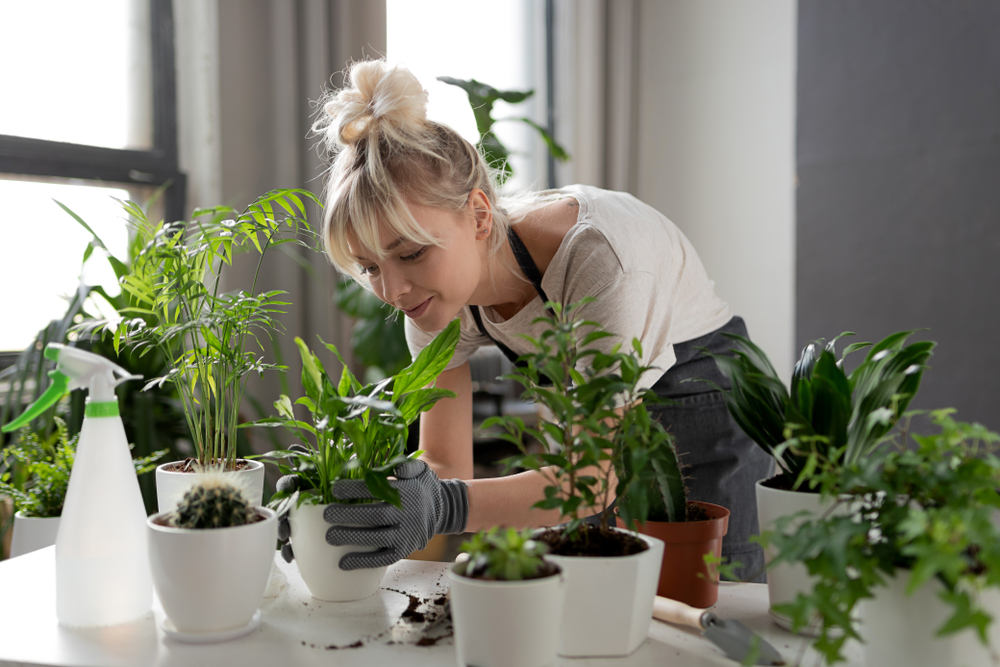 Are you just not ready to say goodbye to your garden for the season? Having a lush, green outdoor space is certainly one of the pleasures of being a homeowner. But just because the temperatures are turning colder doesn’t mean you have to say goodbye to all your little plant friends. Why not let 2021 be the year you finally bring your garden indoors? If this sounds like a dream come true, then here’s what you need to know to get your indoor garden started this fall.
Are you just not ready to say goodbye to your garden for the season? Having a lush, green outdoor space is certainly one of the pleasures of being a homeowner. But just because the temperatures are turning colder doesn’t mean you have to say goodbye to all your little plant friends. Why not let 2021 be the year you finally bring your garden indoors? If this sounds like a dream come true, then here’s what you need to know to get your indoor garden started this fall.
Decide what you’ll grow
You have many choices when it comes to creating an indoor garden to enjoy during the colder months. You can choose to grow your own herbs or vegetables so that you’ll always have something fresh to include in your meals. Or you can simply create a wonderful garden with a selection of houseplants that can thrive indoors.
Consider the lighting
Plants need light to survive. It’s very important to consider how much light is available when choosing what you’ll grow inside. North-facing windows get little direct light, especially in winter. East-facing windows enjoy morning light, while west-facing windows get their light in the afternoon. South-facing windows get the most light, especially in the winter when the sun is lower in the sky. If your home doesn’t have enough light to support plants, then you can supplement it with indoor grow lights, which are readily available online.
Think about humidity
Another important consideration when growing an indoor garden is the amount of humidity in the air. Winter tends to be very dry in most locations, which can stress plants. The air can dry out even more once you turn the heat on, or if you have a fireplace. You can boost the humidity in the air by misting your plants, clustering them together, or placing plants on pebble trays filled with water. Another easy choice is to use a humidifier in the room with your plants to keep moisture levels up.
Learn how to water
Obviously, plants also need water to survive. But not all plants need the same amount of water, and many plants needs less water when they go dormant in the fall and winter. Find out how much water each kind of plant will need so that you don’t under- or over-water your plants. A good rule of thumb is to water plants when the top of the soil becomes dry. And make sure to evenly saturate the soil. Use planterss with drainage holes so excess water can be released. Otherwise, the roots could rot.
Find good sources for plants
Once you know the basics, you can start collecting your plants! Local garden centers and florists are great places to get plants that can grow in your area. Do you have any friends or family who have indoor plants? Then see if they will share divisions or cuttings with you. This is a great way to increase your collection without spending a lot of money. You may also find free or inexpensive plants on local sites like Facebook Marketplace or Craigslist. Of course, many people sell plants online. Look for suppliers that have good reviews so that you’ll know the plant will arrive healthy and ready for its new home.
Compliments of Virtual Results